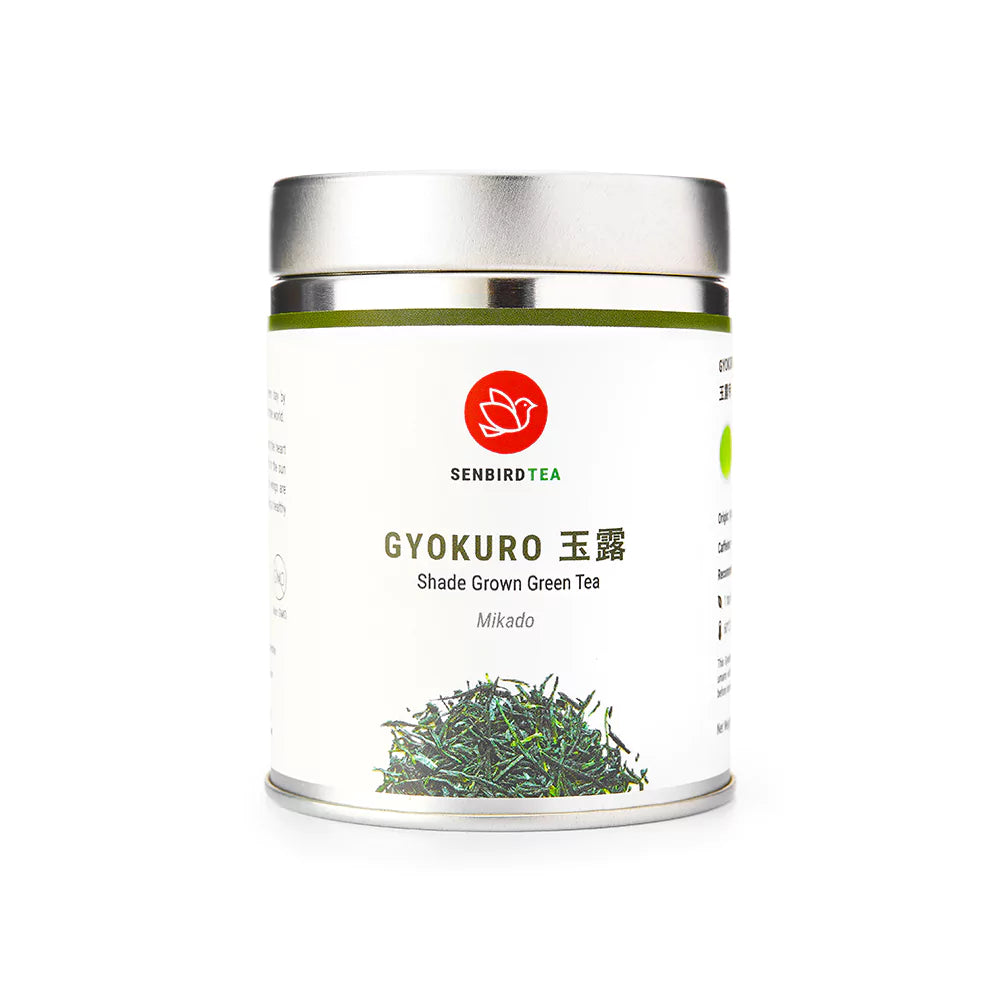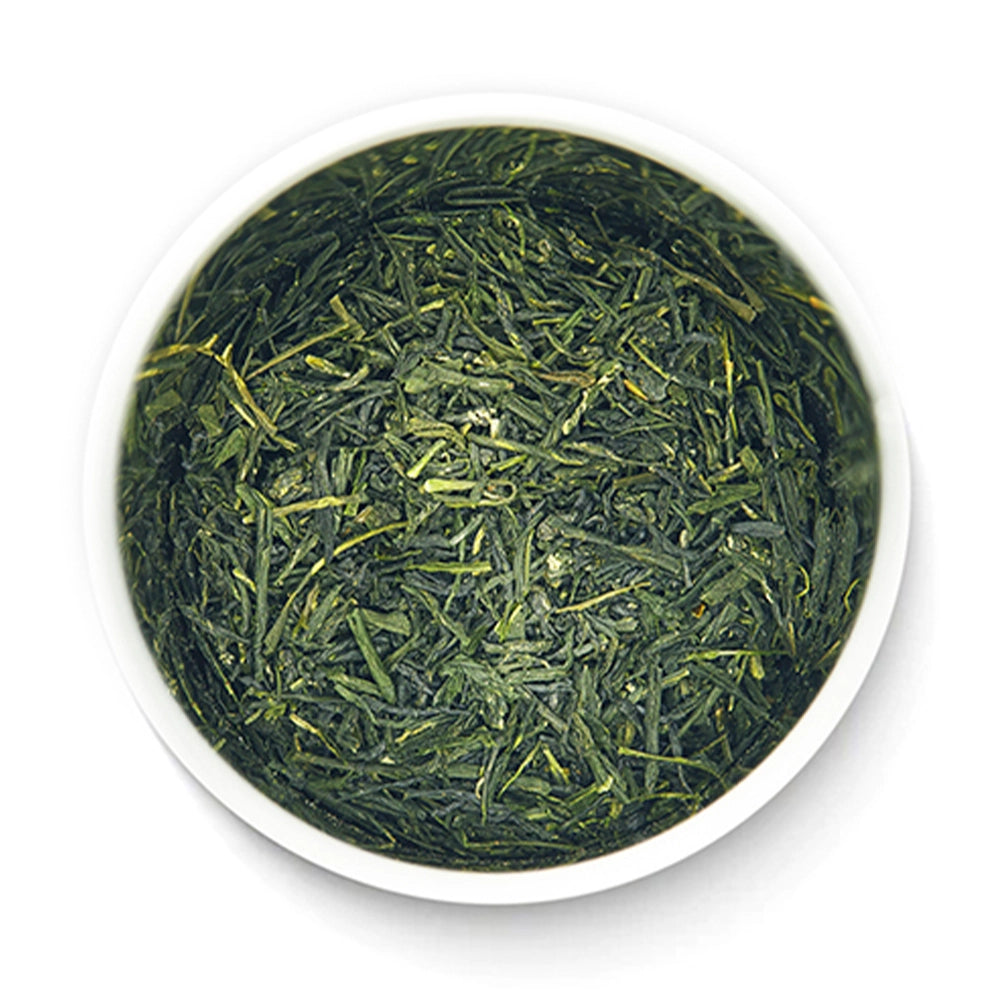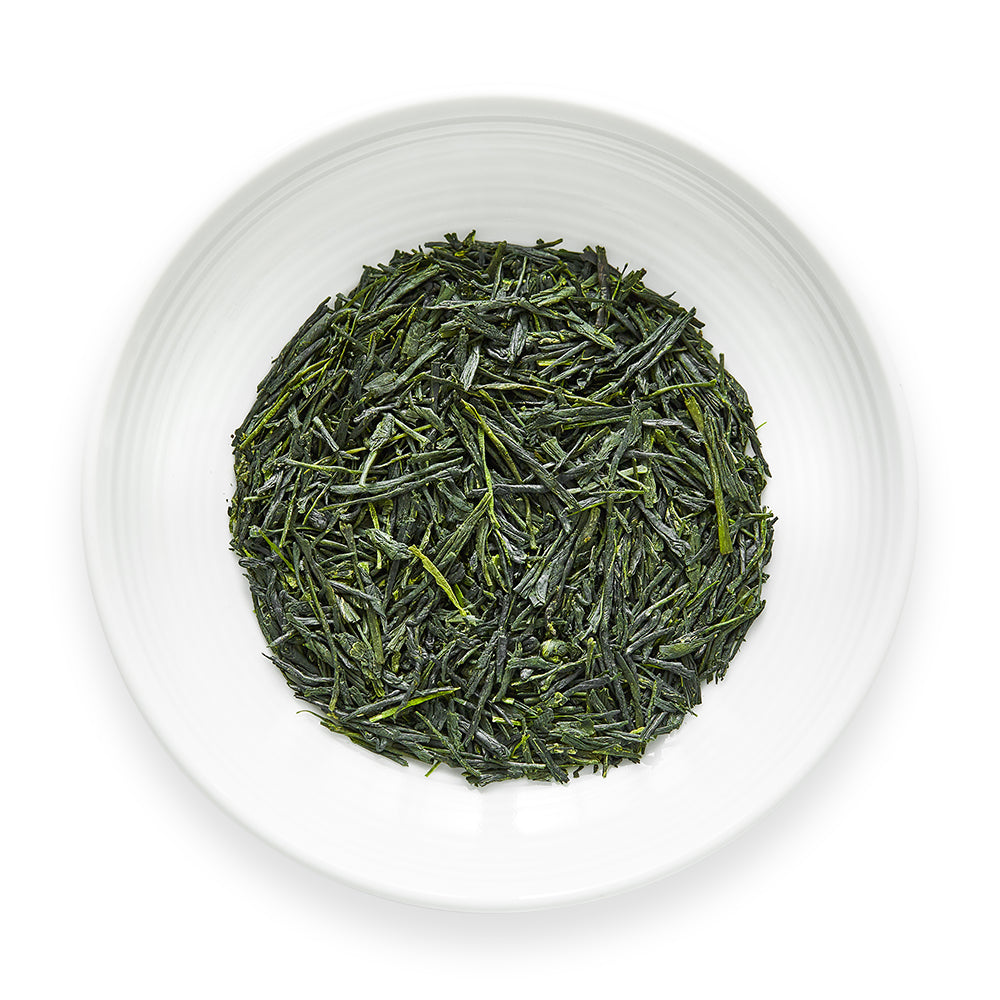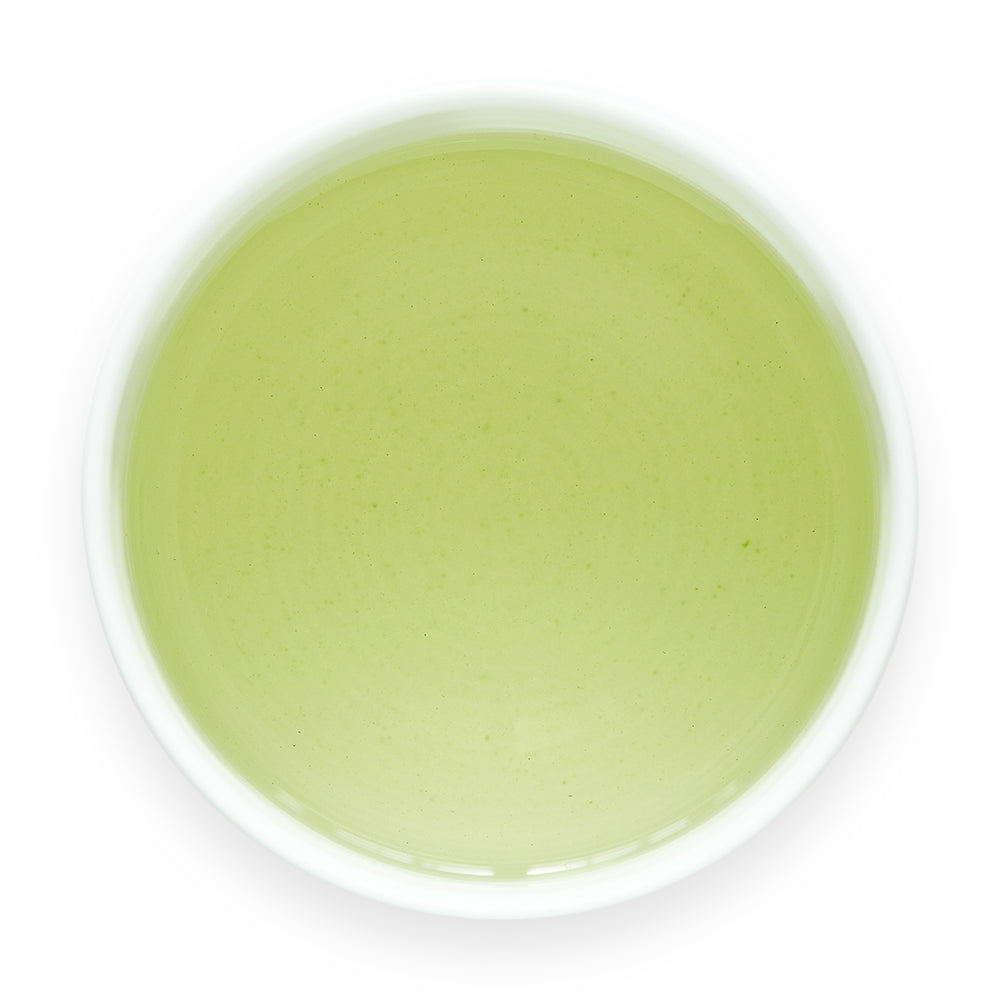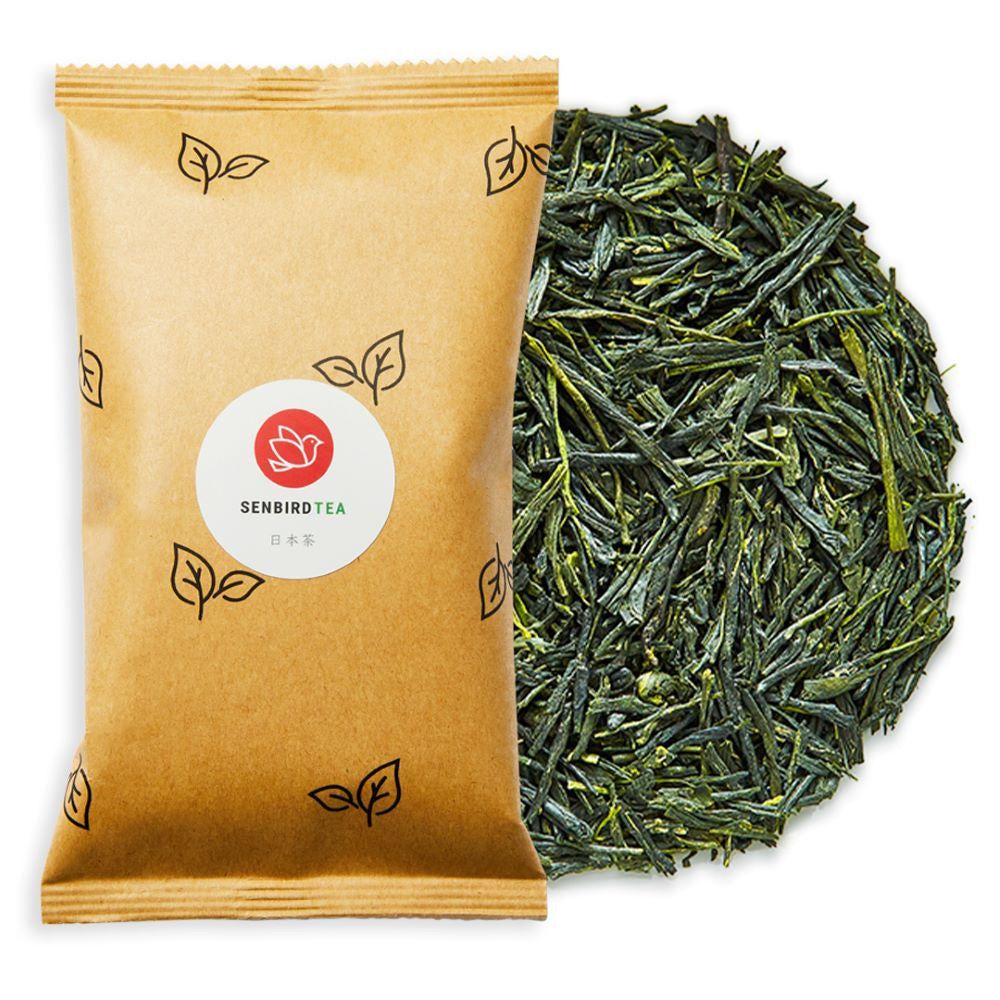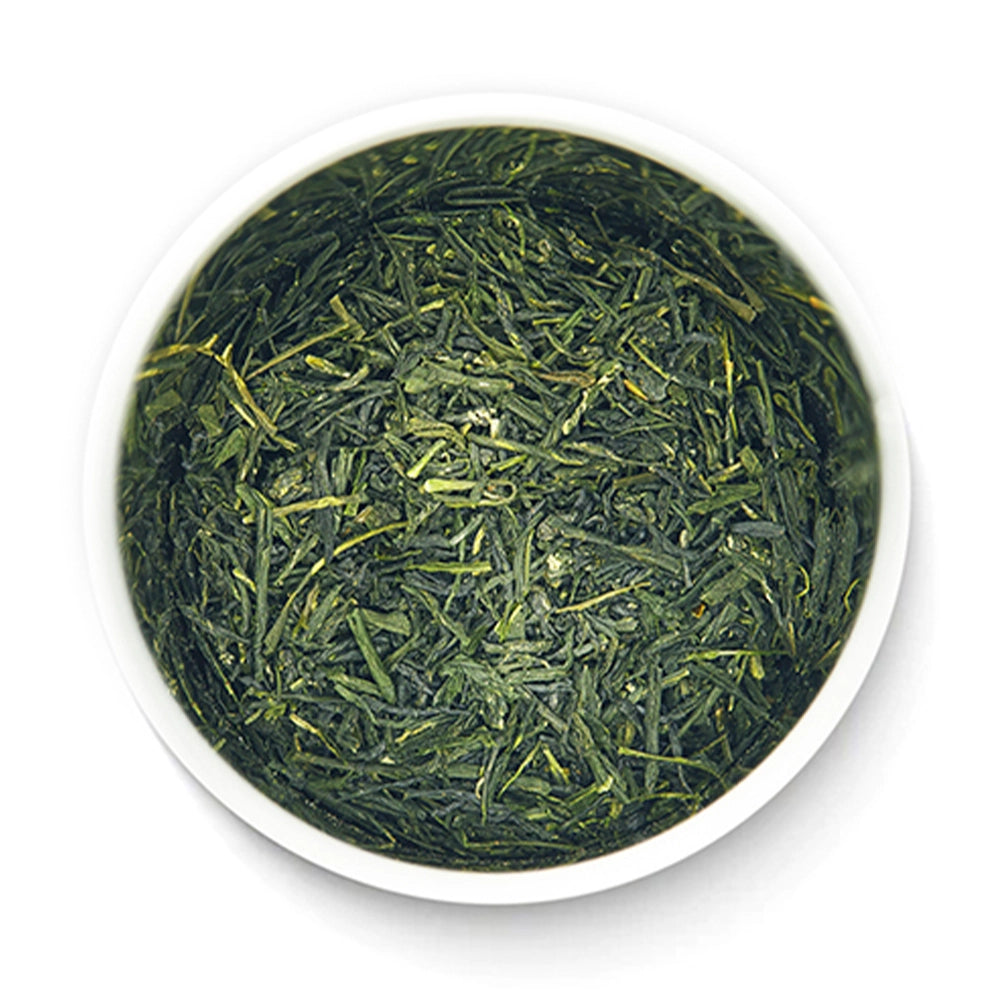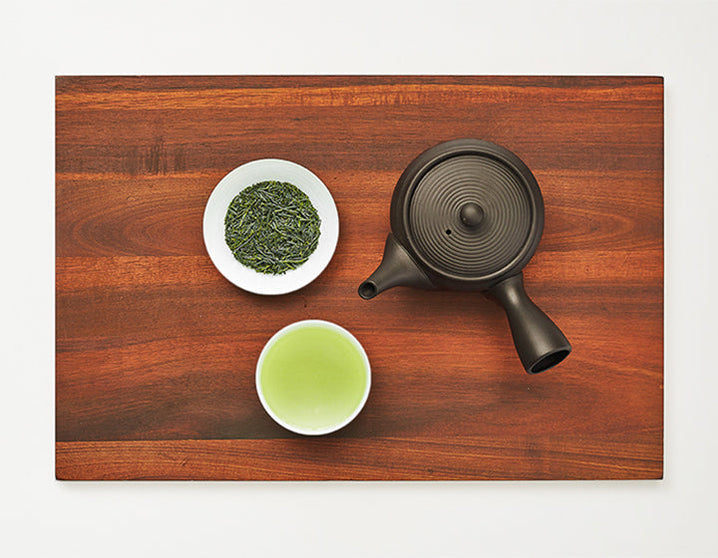
Why is Gyokuro So Expensive?
It may be quite a shock to many how Gyokuro tea is the most expensive tea in Japan. Even in Japan, though most people know about the existence of gyokuro tea, most have not yet tasted this type of green tea. Gyokuro Shade-Grown Green Tea has a distinct aroma and flavor, with many health benefits. The famous regions that grow gyokuro include Uji, Okabe, and Yame.
In Japanese, the characters "gyo" and "kuro" translate to "jade" and "dew," referring to its vibrant green color. While most green tea follows standard farming processes, gyokuro tea involves a more skilled approach to harvesting. The result is an exquisite premium green tea with a fresh, often oceanic aroma that brews a jade green liquor packed with umami flavor. However, the price can be more expensive than some might expect, but why?
The reason for Gyokuro tea’s price tag involves nearly a month of shade and a limited harvesting window.

Limited Quantity of Gyokuro Shade-Grown Green Tea
From April through early June, farmers prepare their tea fields for the first tea harvest of the year in Japan, also known as Shincha. Since farmers only grow and harvest Gyokuro tea once a year, the quantity available on the market reflects what they were able to produce within that time.
In the past, Gyokuro production spanned throughout Japan, but now the three main producing regions—Uji in Kyoto, Okabe in Shizuoka, and Yame in Fukuoka—dominate. The limited number of regions producing the majority of Gyokuro often restricts the supply.

Production Time of Gyokuro Shade-Grown Green Tea
The limited quantity and harvest period, along with the extra labor that goes into cultivating contribute to the price of Gyokuro tea. For instance, the farmers shade the Gyokuro tea plantation for 20-30 days before harvesting. Additionally, farmers build bamboo structures called “tana,” to shield the tea shrubs from direct sunlight. This step in Gyokuro’s process is crucial and is the reason for its unique, jade green coloring. The shading process allows the plant to produce more chlorophyll, causing the leaves to take on a darker shade of green.
Farmers will begin the harvesting process after shading the green tea for an appropriate amount of time. Unlike modern tea harvesting techniques, farmers hand-pick the Gyokuro tea leaves. The farmers ensure that each leaf has just the right amount of time to grow. The timing is key here. The harvester must be careful since picking the tea leaves too soon or too late could compromise the entire batch.
Despite the time-consuming process, it ensures that only the highest quality green tea leaves make it to the next step. After farmers pick the tea leaves, they steam them to retain their natural green color, fragrance, and nutrients. Later, workers sort and cut the to remove certain parts, like the veins and stems, before rolling them.

Difference in Taste of Shade-Grown Green Tea
In comparison to Sencha, Gyokuro tea has more sweetness and umami tones throughout. The reason for this is the shading process during production. With less exposure to the sun, there would be more amino acids, and theanine, which increases the umami flavor. Additionally, tea leaves that receive shade from the sun also exhibit less astringency. Astringency refers to the slight bitterness that lingers after drinking.
People have also compared Gyokuro tea to Matcha, a powdered green tea. Similar to Matcha, the amount of time in the shade determines the quality of the Gyokuro. For instance, people consider Gyokuro high quality because the shading process takes about 20-30 days. Although Gyokuro and Matcha have similar umami tones, Gyokuro's texture and taste are different. Compared to Matcha, Gyokuro is brothy and has a savory taste.
Gyokuro tea is delicate
Brewing Gyokuro requires precision, as it is an elegant premium green tea. If you steep the leaves for too long or use water that is too hot, the tea becomes astringent.
Although the cultivation and harvest of Gyokuro green tea is an arduous process, it results in one of the finest Japanese green tea available. Premium Gyokuro shade-grown green tea may be a bit more expensive, but it is not without reason. Between the farmers’ hard work and the limited quantity available every year, Gyokuro tea is worth every penny.
🍵 Drinking our tea? Snap a pic and tag us on Instagram at @senbirdtea or #senbirdtea. We’d love to see your moment with tea!
If you want to read more articles on tea culture, check them out here:
- 3 Traditional Japanese Tea Houses to Visit in Kyoto
- The Origin of The Name "Tea"
- Where Tea Originated: A Brief History Of Tea In China, Japan, and the West
- Shizuoka’s Secret: The Best Green Tea in Japan
- Ultimate Guide To Japanese Green Tea
- 10 Different Types of Japanese Tea
- 5 Tips for Having Japanese Tea Outdoors
Share your moment with us and stay connected on:






